Think about the complex systems that keep our daily lives running, fresh produce reaching stores, parts arriving at factories, or online orders landing at our doorsteps. It’s all made possible by carefully planned, but often invisible, transportation networks.
As global expectations shift toward greater speed, real-time visibility, and flawless precision, traditional systems and manual processes are being stretched to their limits.
This shift brings both pressure and potential for the people who keep everything moving: transporters, fleet owners, and 3PL providers, the real engineers of modern transportation and logistics networks. But many still rely on outdated methods, scattered data, reactive firefighting, and gut instincts instead of digital intelligence.
To navigate this new reality, the old playbook simply won’t work anymore. The future of robust and reliable supply chains hinges on a fundamental reengineering of transport operations. This blog uncovers precisely how technology is revolutionizing transporter operations, empowering them to build the resilient, responsive, and utterly precise logistical infrastructure that the modern world demands.
Key Challenges Transporters Face
Transporters are the backbone of logistics. Yet, they often face a unique set of challenges that affect service quality, efficiency, and profitability. Despite rising demand and increasing digitalization across the supply chain, transporter operations remain bogged down by inefficiencies that can and should be addressed through smarter digital platforms, such as dispatch and scheduling software and route optimization software for logistics.
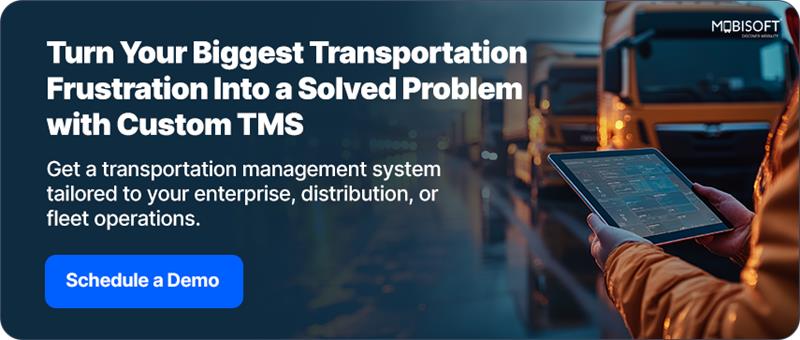
Manual Processes Leading to Delays and Errors
Many transporters still handle bookings, dispatches, and trip records using paperwork and disconnected workflows. Key details like delivery times, vehicle availability, or trip costs are often jotted down in logbooks or typed into spreadsheets. These tools don’t offer real-time updates or easy collaboration.
This outdated method slows down daily tasks and increases the chance of errors, like duplicate entries, wrong addresses, or missing documents. Without a single digital system, it’s hard to coordinate between drivers, fleet managers, and clients. This often leads to late dispatches and missed service slots.
It also makes scaling tough. When everything runs on manual coordination, even a small spike in workload can cause delays, confusion, and miscommunication.
Lack of Real-Time Tracking and Customer Communication
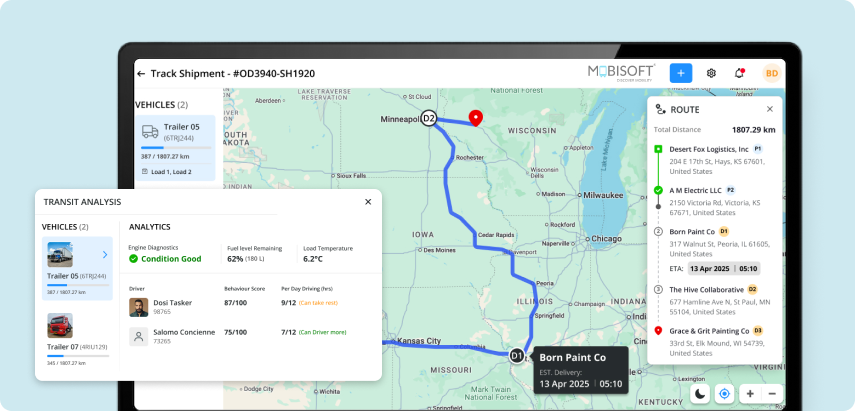
Today’s customers want to know exactly where their shipments are. But many transporters don’t have the tools to offer real-time updates or track vehicles accurately, especially without cloud-based transportation management systems that offer GPS visibility and event-based alerts.
Without GPS or digital communication tools, they rely on calls and messages to get shipment updates. This takes time and often leads to mixed or delayed information.
As a result, transporters get constant calls from clients asking, “Where is my load?” Delays or route changes usually go unnoticed until they become serious issues. The lack of real-time visibility breaks customer trust and puts pressure on teams to manually trace every shipment.
Inefficient Fleet and Driver Management
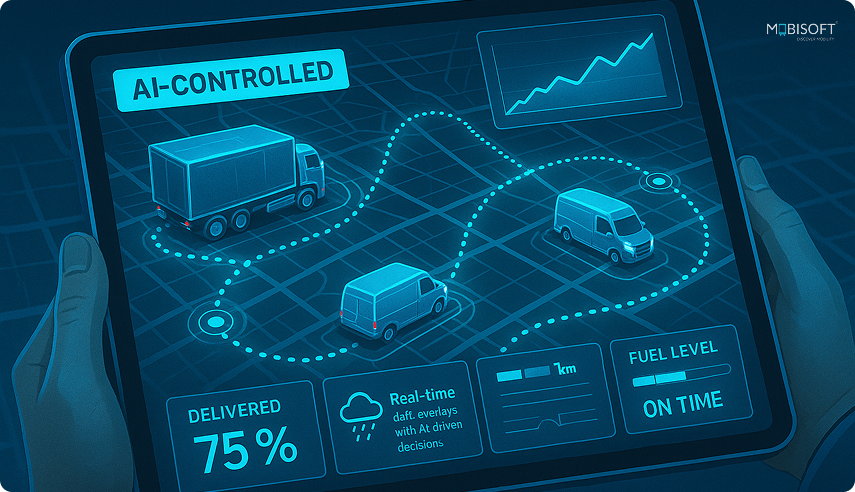
Running a fleet means more than just sending vehicles out. It includes tracking fuel use, planning maintenance, checking permits, and managing driver shifts and behavior.
When these tasks are handled separately or manually, things slip through the cracks. Vehicles may sit idle because of poor scheduling or surprise breakdowns. Drivers may be underworked or overworked. This drives up costs and lowers profits per vehicle.
Managing drivers is also tricky. Without clear performance tracking, it’s hard to reward reliable drivers or guide those who fall short. This leaves a big gap in overall efficiency and service quality.
Difficulty Managing Multiple Contracts and Rates
Transporters often handle many customers, each with their respective contracts, rate cards, and service terms. It's easy to feel overwhelmed with all this information in manual mode, leading to billing errors, lost charges, or delayed payments. Here, tools such as e-invoicing and reconciliation systems can automate rate logic and invoice processing with accuracy.
Without a master system to track rate changes and special terms, it is far too easy to fall back on stale pricing or forget billing for extra charges like waiting time or return trips. When errors do occur, sorting them all out takes time, disrupts cash flow, and even strains client relationships.
This fragmented system also complicates being able to react quickly to new trip opportunities or spot rate situations when they occur. In contrast, a better integrated digital system allows transporters to clearly understand pricing and react with confidence.
Challenges in Ensuring Compliance and Documentation Accuracy
Compliance is necessary in transport, especially where it entails interstate movement, regulated goods, or value shipments. An entire list of documents has to be up to date and available, from lorry receipts and permits to insurance and road tax papers. Using a carrier onboarding and compliance tool helps simplify these requirements by tracking everything in one system.
When they are stored in physical files or scattered across many programs, it can be hard to access the appropriate document. If a car is delayed at a checkpoint or subjected to an audit, the time caused by incomplete paperwork can result in penalties or even vehicle detention.
Having to do it manually is an administrative waste of time and invites the possibility of error. A computer-based system, however, simplifies it for them, offering easy document updating, tracking of expiration dates, and immediate sharing, keeping transporters in compliance without the added stress.
How Technology Transforms Transporter Operations
The transportation business has always been run on paper records, phone calls, and instincts. However, the economy today wants speed, agility, and transparency, something that is possible with technology at scale. New tools and platforms enable transporters to drive their business, automate routine tasks, and react quickly to customer demands by using international transport automation software.
Let’s explore how specific technologies transform core aspects of transporter workflows:
Digital Order & Dispatch Management
It is laborious to manually manage bookings, dispatches, and trip assignments, and can result in errors. Digital order and dispatch management allows transporters to integrate these functions on one platform, whether through SaaS TMS for transporters or integrated freight management software.
Dispatchers no longer need to manage phone calls and paper tickets. They can see available vehicles, assign loads with a click or two, and alert drivers directly using mobile apps. Orders can be accepted and declined rapidly, and priority trips can be automatically flagged for better scheduling.
Most significantly, this centralization simplifies paperwork, enhances accuracy, and accelerates turnaround times, enabling transporters to move more loads in the same equipment.
Real-Time GPS Tracking & Visibility

Knowing where your trucks are at all times can make all the difference. With built-in GPS tracking, carriers and shippers can track their freight in real-time pickup to delivery.
This transparency minimizes the need for repeated check-in calls. It enables transporters to manage delays, change route courses, or inform clients in real-time. It also renders operations safer, ends route changes, and allows accurate estimated arrival times.
Real-time location data is shared with clients, too, helping build transparency and trust while reducing back-and-forth communication
Automated Documentation & Compliance
Generating and managing physical documents like lorry receipts, delivery challans, invoices, and permits can slow down operations and lead to errors. Technology streamlines this by automating document generation and storage, with electronic bill of lading generators and proof of delivery (POD) apps.
Electronic Lorry Receipts (e-LR), ePODs (proof of delivery), and GST-compliant invoices can be auto-generated and shared instantly after each trip. Transporters no longer need to rely on drivers to return with signed papers or worry about losing critical documents.
Additionally, compliance becomes easier. Documents like vehicle insurance, road tax, pollution certificates, and driver's licenses can be tracked digitally. FleetNXT’s document management module flags upcoming expiries and ensures everything stays updated, reducing the risk of penalties or shipment disruptions.
Fleet & Driver Management

Successful management of your fleet is the key to keeping your company profitable. Embracing smart fleet management practices helps you bring together all your cars, drivers, and trip information in one clear dashboard, allowing you to stay organized and in charge.
You can monitor car availability, minimize idle time, and schedule maintenance before any breakdown. It also enables you to plan return trips more economically so that time wastage is avoided. Integrated fleet safety and compliance software ensures your vehicles are road ready and meet regulatory standards.
Driver performance can be gauged by measuring parameters such as fuel consumption, delay in deliveries, speed, and overall trip efficiency, enabling you to spur improvement and reward better work. This creates a consistent feedback loop where digital carrier collaboration tools help engage drivers through performance tracking and real-time updates.
Dynamic Rate & Contract Management
Handling multiple rate cards and billing terms per client can soon get messy without the proper tools. Manual processes will most likely result in lost charges, erroneous invoices, or delayed payments. A smart freight billing automation system prevents such errors by applying the correct rates automatically.
A digital platform lets you store and manage all client contracts, pricing rules, and service terms in one place. It automatically applies the correct rates and billing conditions for every trip, making invoicing faster and more accurate.
You can respond to new trip requests without delay, take advantage of spot rate opportunities, and maintain clear pricing across the board. When rate changes happen, updates can be made instantly across the system.
This makes revenue management more reliable and improves your credibility with clients through transparent and consistent billing.
Benefits for Transporters
Adopting the right technology doesn’t just automate tasks; it fundamentally improves how transporter businesses operate and grow. Here’s how:
Increased Operational Efficiency
Digital workflows eliminate redundancies, reduce manual errors, and streamline coordination across teams. Bookings, dispatches, and billing can all be handled faster, freeing up staff to focus on planning and service quality. Automation shortens response times, speeds up trip turnaround, and lowers the cost per shipment through unified transportation management system software.
Better On-Time Delivery Performance and Customer Satisfaction
With real-time tracking, digital documentation, and proactive communication, transporters can consistently deliver shipments on time. Clients are kept informed throughout the trip, reducing uncertainty and increasing satisfaction. This reliability helps transporters build a strong reputation and win repeat business.
Enhanced Compliance and Reduced Legal Risks
Automated compliance tracking ensures that vehicle documents, driver licenses, and trip paperwork are always up to date. This prevents fines, vehicle detentions, or disputes. Using tools such as a carrier onboarding and compliance tool or centralized fleet safety and compliance software, transporters gain peace of mind knowing they are always audit-ready.
Improved Profitability Through Optimized Resource Use
Technology helps maximize fleet utilization, reduce idle time, and cut fuel costs. By planning better routes, preventing breakdowns, and managing trips efficiently, transporters can increase revenue per vehicle while keeping operating costs in check. Billing accuracy also improves, ensuring no money is left on the table.
Stronger Collaboration with Shippers and Clients
With centralized systems, live tracking, and transparent communication, transporters are no longer just service providers; they become valued partners in their clients’ supply chains. Digital platforms like FleetNXT enable smoother collaboration, faster approvals, and better planning, all of which strengthen client relationships and lead to long-term contracts.
Conclusion
How goods are being moved is changing rapidly, and those who change with it will remain ahead. For fleet operators and logistics companies, becoming digital is no longer a nice-to-have; it's the way to remain sharp, reliable, and profitable.
With automated dispatching, live location tracking, and streamlined compliance verification, technology aims to simplify the complexity. It shortens delays, reduces errors, and enables you to develop stronger relationships with your customers.
In essence, it creates order from chaos and accelerates things when the stakes are high. If you want to innovate and make your transport operations intelligent, now is the time to act.
See how digital transformation can fit your business. Get a personalized demo and take the first step today.
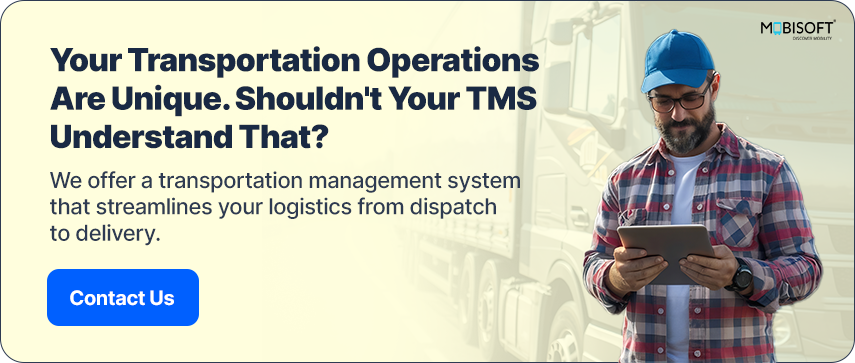

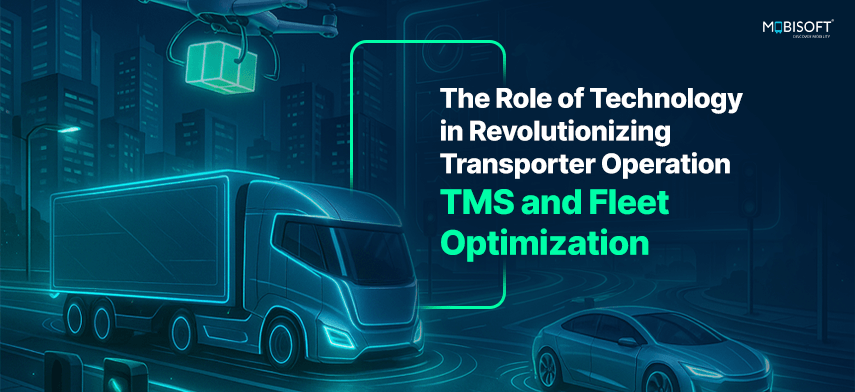


 May 30, 2025
May 30, 2025


